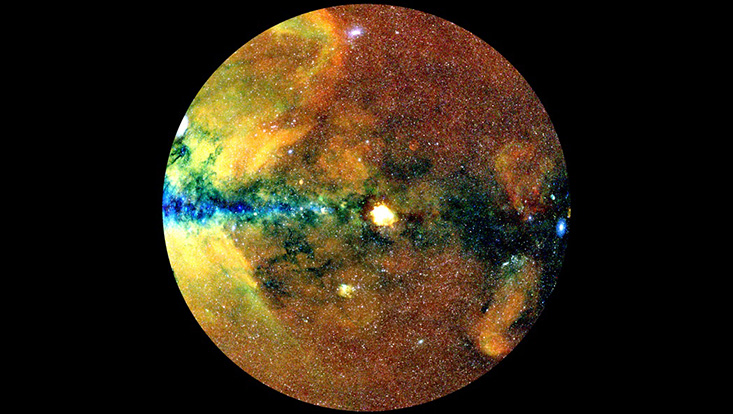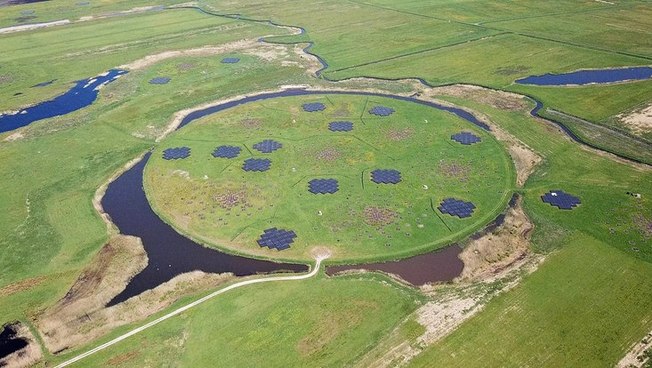Hamburger Sternwarte
Foto: HS/Knoche
Hamburger Sternwarte
Astronomie und Astrophysik in Hamburg-Bergedorf
Foto: HS/Knoche
Hamburger Sternwarte
Astronomie und Astrophysik in Hamburg-Bergedorf
Foto: HS/Knoche
Hamburger Sternwarte
Astronomie und Astrophysik in Hamburg-Bergedorf
Foto: HS/Knoche
Hamburger Sternwarte
Astronomie und Astrophysik in Hamburg-Bergedorf




